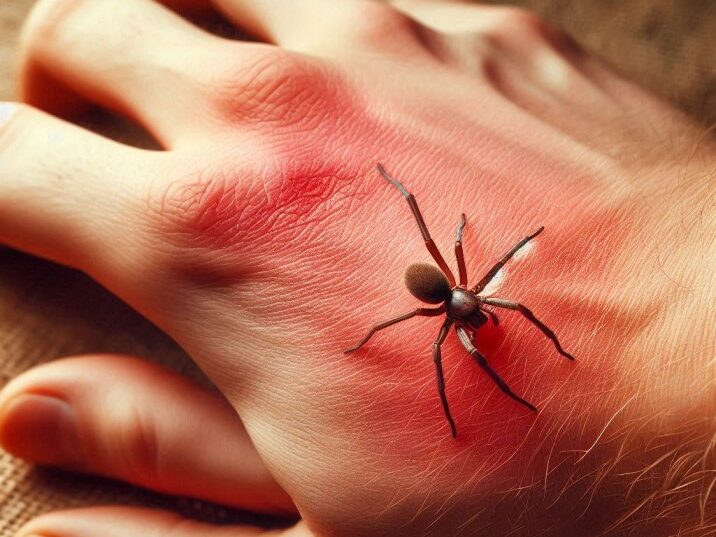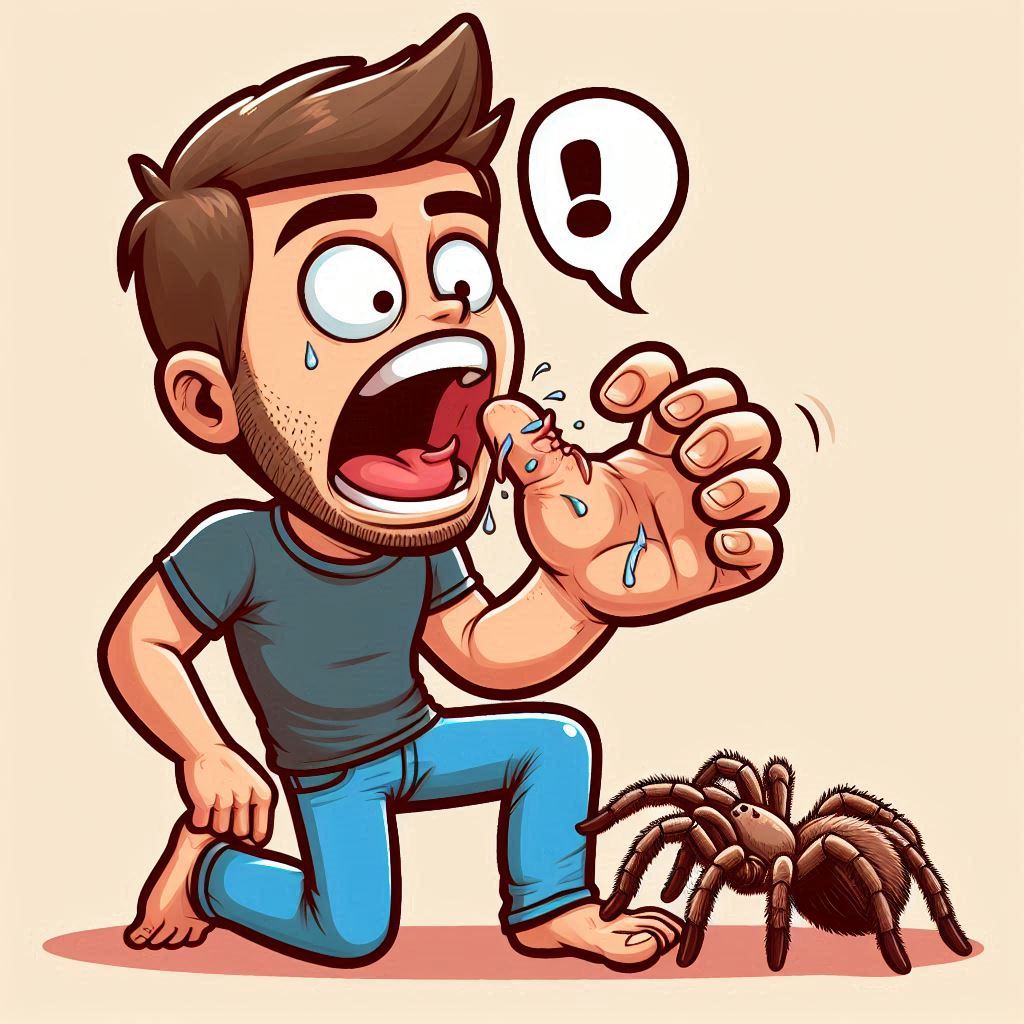Introduction
Table of Contents
Tarantulas are fascinating creatures that have intrigued humans for centuries. These large, hairy spiders are often depicted as dangerous and deadly in movies and folklore. But how much of that is true? Do tarantulas really bite? If they do, how dangerous is a tarantula bite? This article aims to answer these questions and provide a clear understanding of tarantulas and their behavior, especially for our young readers.

What Are Tarantulas?
Introduction to Tarantulas
Tarantulas are a type of spider belonging to the family Theraphosidae. They are known for their large size, hairy bodies, and often striking colors. There are over 900 species of tarantulas found worldwide, primarily in tropical, subtropical, and desert regions.
Physical Characteristics
Tarantulas can range in size from small to very large, with leg spans reaching up to 12 inches in some species. Their bodies are covered in hair, which serves various purposes, including sensing their environment and deterring predators.
Habitat and Behavior
Tarantulas typically live in burrows or under rocks and logs. They are nocturnal, meaning they are most active at night. Tarantulas are solitary creatures and are generally not aggressive towards humans unless provoked.
Do Tarantulas Bite?
Understanding Tarantula Bites
Yes, tarantulas do bite, but it’s important to understand the context and implications of these bites. Tarantulas have fangs that they use to inject venom into their prey, which primarily consists of insects and small animals.
Why Do Tarantulas Bite?
Tarantulas usually bite for two main reasons:
- Defense: When they feel threatened or provoked.
- Hunting: To capture and immobilize their prey.
How Dangerous Are Tarantula Bites?
Tarantula bites are generally not dangerous to humans. While their bites can be painful due to the size of their fangs, the venom of most tarantula species is not harmful to humans. The effects are often compared to a bee sting, causing mild pain, swelling, and redness.
Symptoms of a Tarantula Bite
Immediate Symptoms
- Pain: Similar to a bee sting.
- Swelling: Around the bite area.
- Redness: Localized to the bite site.
Other Possible Symptoms
- Itching: Some people may experience itching around the bite.
- Numbness: Temporary numbness can occur in the bitten area.
- Muscle Cramps: In rare cases, mild muscle cramps might be experienced.
First Aid for Tarantula Bites
Steps to Take Immediately
- Stay Calm: Panic can worsen the situation.
- Clean the Bite: Wash the area with soap and water.
- Apply Ice: Use an ice pack to reduce swelling and pain.
- Monitor Symptoms: Watch for any severe reactions.
When to Seek Medical Attention
While most tarantula bites do not require medical attention, you should seek help if:
- The bite area shows signs of infection.
- You experience severe allergic reactions, such as difficulty breathing.
- The pain becomes unbearable.
Preventing Tarantula Bites
Tips to Avoid Bites
- Do Not Provoke: Avoid handling tarantulas if you’re not experienced.
- Wear Protective Gear: When exploring areas known for tarantulas, wear gloves and long sleeves.
- Stay Informed: Learn about tarantula behavior and habitats.
Safe Handling of Tarantulas
For those who keep tarantulas as pets, it’s important to handle them safely:
- Use tools to move them rather than your hands.
- Be gentle and avoid sudden movements that might startle the tarantula.
Common Myths About Tarantulas
Myth: Tarantulas are deadly to humans.
Fact: Most tarantula venom is not harmful to humans.
Myth: Tarantulas can jump several feet.
Fact: While some tarantulas can leap, they typically do not jump more than a few inches.
Myth: Tarantulas are aggressive.
Fact: Tarantulas are generally docile and only bite in self-defense.
Interesting Facts About Tarantulas
- Tarantula Silk: Tarantulas use silk to line their burrows and create egg sacs.
- Longevity: Some tarantulas can live up to 30 years.
- Regeneration: Tarantulas can regenerate lost legs during molting.
Table of Information
| Characteristic | Description |
|---|---|
| Scientific Name | Theraphosidae |
| Size | Up to 12 inches leg span |
| Lifespan | Up to 30 years |
| Habitat | Tropical, subtropical, and desert regions |
| Diet | Insects and small animals |
| Venom | Mildly toxic to humans, similar to a bee sting |
| Behavior | Nocturnal, solitary, generally docile |
| Common Myths | Deadly to humans, highly aggressive, can jump several feet |
Conclusion
Tarantulas are fascinating creatures with a reputation that often precedes them. While they do have the ability to bite, these bites are usually not dangerous to humans. Understanding more about these spiders can help alleviate fears and promote respect for their role in the ecosystem. Remember, tarantulas are more interested in avoiding humans than harming them.
FAQs
- Do all tarantulas bite? Yes, all tarantulas have the ability to bite, but they do so primarily in self-defense.
- Is a tarantula bite fatal? No, tarantula bites are not fatal to humans. They are usually no more dangerous than a bee sting.
- How can I avoid getting bitten by a tarantula? Avoid handling tarantulas if you’re not experienced, and wear protective clothing when in areas where tarantulas live.
- What should I do if I’m bitten by a tarantula? Clean the bite area, apply ice, and monitor for any severe reactions. Seek medical attention if necessary.
- Can tarantulas be kept as pets? Yes, tarantulas can be kept as pets, but they require special care and handling.

